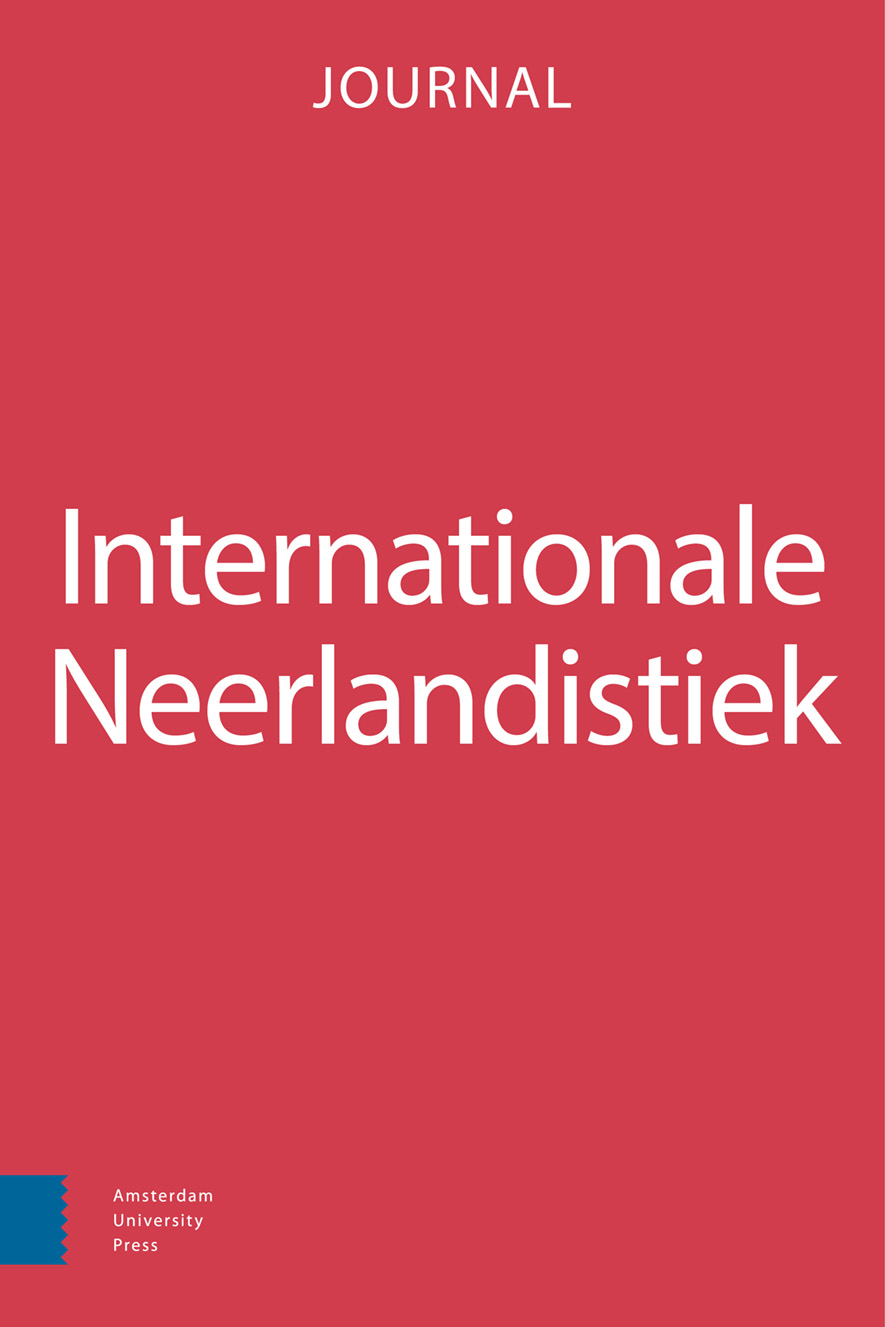-
oa Geschiedenis vertellen
De representatie van historische kennis in niet-fictionele en fictionele teksten
- Amsterdam University Press
- Source: Internationale Neerlandistiek, Volume 55, Issue 2, Jul 2017, p. 171 - 187
-
- 01 Jul 2017
- Previous Article
- Table of Contents
- Next Article
Abstract
This article investigates how different narrating strategies influence the way in which we acquire historical knowledge through narrative. It analyses description and reference as narrating strategies that signalize that what is told is consonant with reality (emersive narrating strategies). These narrating strategies are commonly used in non-fictional texts. Immersive strategies are a different set of narrating strategies like dramatized scenes, focalisation, and secondary illusion that aim at creating the illusion that what is told is present in the moment of reading. While immersive strategies are usually expected in fictional contexts, I show that they can also be found in texts whose main purpose is to represent reality like the popular historiographical texts De duizelingwekkende jaren (2009) [The Vertigo Years,2008] by Philipp Blom or In Europa (2004) [In Europe, 2008] by Geert Mak. The chore of this article is to explain why in certain contexts immersive strategies can be used to support the idea that the text gives a reliable picture of a (past) reality. Using the rhetorical concepts of evidentia and energeia I show why appealing to the reader’s imagination by giving the impression that the reader is part of the narrated world can be productively integrated into a narration whose main aim is to communicate factual knowledge.


